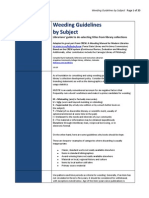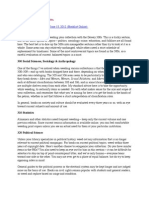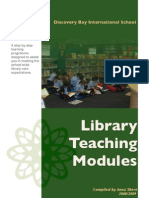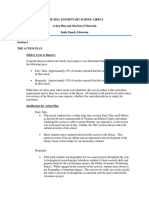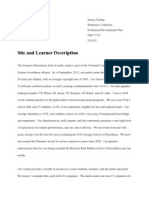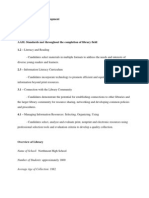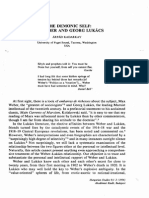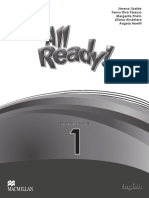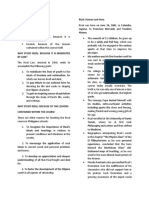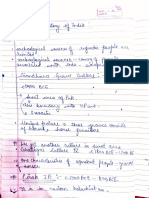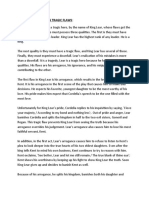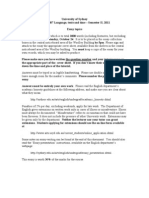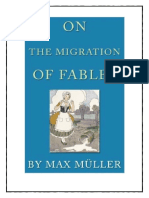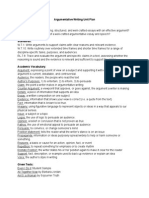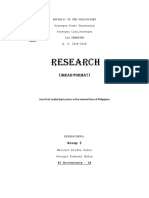0% found this document useful (0 votes)
18 views6 pagesCollection Development in The Digital Age
The document discusses the importance of maintaining current and high-quality school library collections in the digital age, emphasizing the need for librarians to balance physical books and online resources. It provides practical guidelines for selecting materials, creating curriculum charts, weeding outdated books, and evaluating library collections. Additionally, it highlights collaborative efforts in Maryland to improve access to digital resources for students.
Uploaded by
rexifranz.ababaCopyright
© © All Rights Reserved
We take content rights seriously. If you suspect this is your content, claim it here.
Available Formats
Download as PDF, TXT or read online on Scribd
0% found this document useful (0 votes)
18 views6 pagesCollection Development in The Digital Age
The document discusses the importance of maintaining current and high-quality school library collections in the digital age, emphasizing the need for librarians to balance physical books and online resources. It provides practical guidelines for selecting materials, creating curriculum charts, weeding outdated books, and evaluating library collections. Additionally, it highlights collaborative efforts in Maryland to improve access to digital resources for students.
Uploaded by
rexifranz.ababaCopyright
© © All Rights Reserved
We take content rights seriously. If you suspect this is your content, claim it here.
Available Formats
Download as PDF, TXT or read online on Scribd
/ 6
